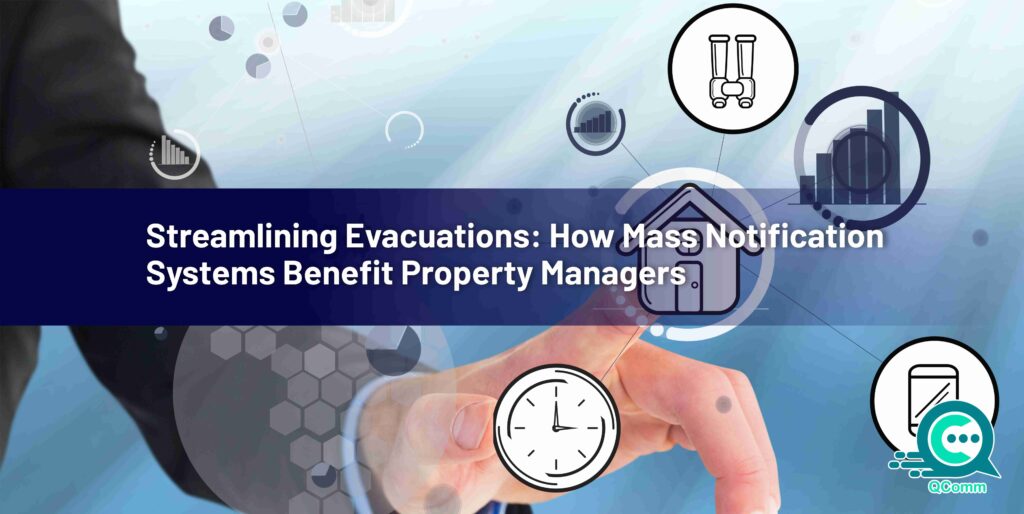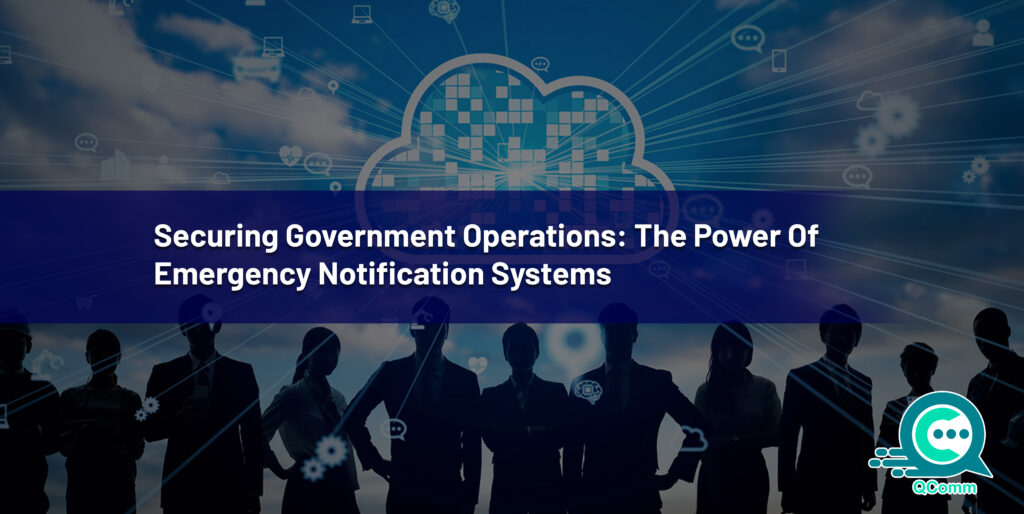
Every building owner or manager has a responsibility to ensure the safety of everyone within their premises. This includes having a well-defined emergency evacuation plan that can be executed quickly and efficiently.
But what happens when those who need to evacuate aren’t familiar with the building or haven’t been briefed on the plan?
According to the International Code Council (ICC), nearly 35% of building occupants are unaware of the designated evacuation exits.
This is where a visitor management system (VMS) steps in, playing a crucial role in emergency preparedness and response. A VMS can address this knowledge gap by providing clear visual instructions during an emergency.
Importance Of Emergency Preparedness
Effective communication is paramount during emergencies. According to the National Fire Protection Association (NFPA), an estimated 6,785 civilian fire deaths occurred in the United States in 2021 alone. In critical situations, these delays can have devastating consequences.
While fire safety measures are crucial, a well-rehearsed evacuation plan with a robust emergency communication system is equally important.
Here’s where a VMS with integrated emergency communication systems comes into play. It streamlines the entire evacuation process by:
Sending Instant Evacuation Notifications:
VMS can trigger immediate evacuation alerts via SMS, email, or push notifications to everyone on-site – employees and visitors alike. These messages can be customized to include clear instructions, emergency exits, and muster points.
Real-Time Evacuation List:
A VMS maintains a record of everyone who signed in, including visitors. This provides building management with a real-time evacuation list, eliminating the need for manual headcounts and saving precious time.
Improved Accountability:
With visitor information readily available, first responders can efficiently locate and assist any unaccounted individuals during an emergency.
A Federal Emergency Management Agency (FEMA) study indicates that proper communication during emergencies can reduce the number of casualties by up to 50%.
VMS plays a vital role in achieving this by ensuring timely and accurate information reaches everyone on-site.
How Visitor Management Systems Enhance Emergency Evacuation?
Traditionally, visitor logs were paper-based, making it difficult to account for everyone during an emergency. VMS, often cloud-based, offers a digital solution that goes beyond simple sign-in.
Here’s how they play a vital role in emergency evacuation:
Real-Time Tracking:
VMS keeps track of all building occupants, including employees and visitors, in real time. This eliminates the need for manual headcounts during an evacuation, saving valuable time in critical situations.
Instant Notifications:
With VMS integrated with notifications software, building management can send instant emergency alerts via SMS, email, or push notifications. These message alerts can include clear evacuation instructions, assembly points, and crucial safety information.
Studies by the National Fire Protection Association (NFPA) reveal that a delay of just 2 minutes in evacuation can significantly increase the risk of injury or death. A VMS with notification software can significantly reduce this delay.
Improved Awareness:
VMS an emergency response notification system, can display messages on digital signage throughout the building, ensuring everyone, including visitors unfamiliar with the layout, is aware of the situation and evacuation procedures.
Accurate Roll Call:
After an evacuation, VMS can generate reports that help verify who has safely left the building. This allows emergency responders to focus on locating anyone who might be unaccounted for.
Pre-Defined Evacuation Plans:
Advanced VMS can integrate with existing emergency response plans. This allows for the creation of pre-defined evacuation protocols based on the type of emergency (fire, medical emergency, etc.).
When an emergency arises, the VMS can automatically trigger the appropriate plan, streamlining communication and ensuring a coordinated evacuation effort.
Integration with Access Control Systems:
Some VMS can integrate with building access control systems. During an emergency, security personnel can leverage real-time data to identify the location of visitors and employees within the building. This empowers them to direct evacuation efforts efficiently and locate individuals who might require assistance.
Beyond Notifications: The Additional Benefits of VMS in Emergencies
While notification software is a cornerstone of VMS in emergencies, its functionality extends far beyond sending message alerts. Here’s how a VMS can become a comprehensive emergency response toolkit:
Enhanced Situational Awareness:
VMS can integrate with building access control systems. During an emergency, security personnel can leverage real-time data to identify the location of visitors and employees within the building. This empowers them to direct evacuation efforts efficiently and locate individuals who might require assistance.
Streamlined Mustering:
VMS can play a crucial role in the mustering process, a critical step following evacuation. The system can automatically generate digital muster reports, pinpointing individuals who haven’t reached designated assembly points. This allows first responders to prioritize search efforts and ensure everyone is accounted for.
Improved Incident Reporting:
In the aftermath of an emergency, accurate and detailed reporting is essential. VMS can facilitate this process by capturing vital data points such as the time of the incident, the type of situation, and the evacuation timeline. This information becomes invaluable for post-incident analysis, helping organizations identify areas for improvement in their emergency preparedness plans.
Digital Badge Analytics:
Visitor badges issued by the VMS can be embedded with RFID chips. During an evacuation, strategically placed RFID readers can track badge movements throughout the building. This data can be used to analyze evacuation patterns and identify potential bottlenecks or areas where evacuees may have become disoriented.
By incorporating these functionalities, VMS transforms from a simple sign-in tool into a powerful emergency response notification system. It empowers organizations to not only communicate effectively during emergencies but also gain valuable insights to enhance future preparedness efforts.
Investing in Peace of Mind
A VMS is an investment in the safety and well-being of everyone in your building. By ensuring efficient communication, real-time evacuation lists, and improved accountability, VMS empowers organizations to handle emergencies effectively.
QComm: Your Trusted Partner in Emergency Preparedness
QComm, a leading provider of visitor management solutions, understands the significance of emergency preparedness. Their VMS goes beyond simply managing visitors; it empowers organizations to create a safer environment for everyone.
Here’s how QComm’s VMS can make a difference:
Seamless Integration:
QComm’s VMS seamlessly integrates with existing emergency notification systems, like building alarms and public address systems, ensuring a unified and immediate communication network.
Customizable Alerts:
Design emergency alerts with specific instructions based on the nature of the emergency (fire, active shooter, etc.). Include evacuation routes, muster points, and safety protocols.
Mobile Access:
With QComm’s mobile app, everyone receives evacuation notifications directly on their smartphones. This ensures critical information reaches everyone, regardless of location within the building.
Final Takeaway
Don’t wait for an emergency to realize the importance of a robust visitor management system. Consider QComm’s VMS as a proactive step towards creating a safer environment for your employees, visitors, and the entire community. Remember, effective emergency preparedness can save lives.


